Home>Dining>Tableware>How Many Wine Glasses Are In A Bottle?
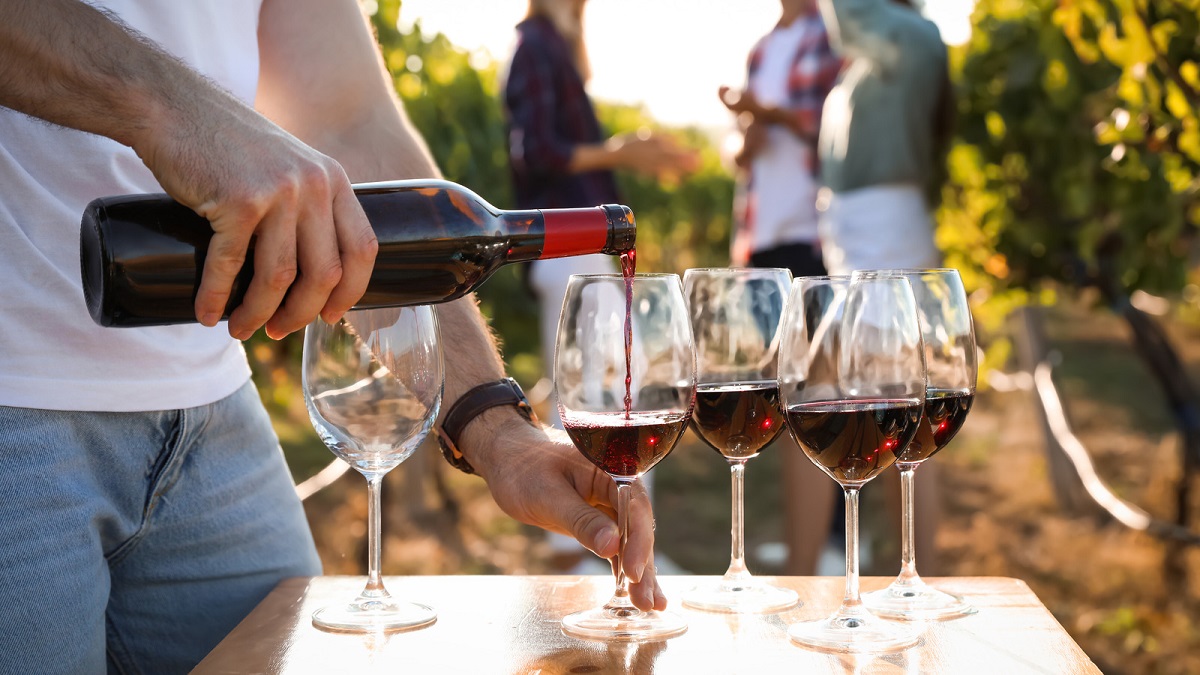

Tableware
How Many Wine Glasses Are In A Bottle?
Modified: January 20, 2024
Discover how many wine glasses are typically needed for a bottle, and make your tableware collection complete with the perfect number of glasses.
(Many of the links in this article redirect to a specific reviewed product. Your purchase of these products through affiliate links helps to generate commission for Storables.com, at no extra cost. Learn more)
Introduction
Welcome to the world of tableware and the fascinating realm of wine glasses. For centuries, wine has been enjoyed by people all around the globe, and the vessels in which it is served plays a crucial role in the overall experience. Have you ever wondered how many wine glasses are in a bottle? Or maybe you’re considering hosting a dinner party and need to know how many bottles to purchase to ensure every guest has a glass in hand. In this article, we will delve into the different sizes of wine bottles, learn how to calculate the number of glasses in a bottle, and explore the importance of choosing the right wine glass. So, grab your favorite glass, pour yourself a sip of wine, and let’s get started!
Key Takeaways:
- Wine bottle sizes range from standard 750ml to majestic 15-liter Nebuchadnezzar, adding grandeur to any occasion. Understanding bottle capacity helps plan for the right number of glasses per bottle.
- Choosing the right wine glass enhances the tasting experience by influencing aroma, flavor, and visual presentation. Consider wine type, glass size, and personal preference to elevate your enjoyment of wine.
Read more: How Many Glass Of Wine In A Bottle
Understanding Wine Bottle Sizes
When it comes to wine bottles, they come in different sizes, each with its own unique name and capacity. Let’s take a closer look at some of the most common wine bottle sizes:
- Standard Wine Bottle Size: The standard wine bottle size holds 750 milliliters (ml) of wine. It is the most commonly used size and is equivalent to about 25 fluid ounces. This size is perfect for a table setting with a few people enjoying a glass or two.
- Magnum Bottle Size: Going up in size, we have the magnum bottle. A magnum holds 1.5 liters of wine, which is equivalent to two standard bottles. The magnum is often associated with celebrations and larger gatherings, as it allows for more servings without the need for frequent refills.
- Jeroboam Bottle Size: Moving on to even bigger bottles, we have the Jeroboam. The Jeroboam holds 3 liters of wine, which is equivalent to four standard bottles. This size is often used for special occasions and is sure to make a statement at any gathering.
- Methuselah Bottle Size: The Methuselah is an impressive wine bottle size that holds 6 liters of wine, equivalent to eight standard bottles. It is commonly used for champagne and is a popular choice for large celebrations such as weddings or anniversaries.
- Salmanazar Bottle Size: Moving on to even larger sizes, we have the Salmanazar. This wine bottle holds a whopping 9 liters of wine, which is equivalent to twelve standard bottles. The Salmanazar is often reserved for very special occasions and is sure to impress guests with its grandeur.
- Balthazar Bottle Size: Next up is the Balthazar, another massive wine bottle that holds a generous 12 liters of wine (equivalent to sixteen standard bottles). It is commonly used for champagne and is a showstopper at lavish events.
- Nebuchadnezzar Bottle Size: At the top of the size chart, we have the Nebuchadnezzar, the king of wine bottles. Holding a colossal 15 liters of wine, which is equivalent to twenty standard bottles, this size is reserved for truly momentous occasions and is a symbol of abundance and extravagance.
Each size of wine bottle not only accommodates a different volume of wine but also adds a touch of grandeur and significance to the occasion. Whether you’re hosting an intimate evening or a large-scale celebration, choosing the right wine bottle size can help create a memorable experience for you and your guests.
Wine Bottle Capacity
Now that we have explored the different sizes of wine bottles, let’s move on to understanding wine bottle capacity and how to calculate the number of glasses in a wine bottle.
Calculating the Number of Glasses in a Wine Bottle:
The number of glasses in a wine bottle depends on several factors, including the size of the wine glass and the serving size for each glass. On average, a standard pour of wine is about 5 ounces (148 ml). To calculate the number of glasses in a wine bottle, you can use the following formula:
Number of Glasses = Wine Bottle Capacity (in milliliters) / Size of Wine Pour (in milliliters)
For example, if we consider a standard 750 ml wine bottle and a 148 ml pour size, the calculation would be as follows:
Number of Glasses = 750 ml / 148 ml = 5.07 glasses
So, in this case, you can expect to get approximately 5 glasses of wine from a standard 750 ml bottle.
Factors Affecting Wine Serving Size:
It’s important to note that the number of glasses you can pour from a wine bottle may vary due to factors such as personal preference, desired serving size, and the type of wine being poured. Some individuals may prefer a smaller pour, while others may prefer a larger serving. Additionally, certain wines, such as sparkling wines or dessert wines, may have specific serving recommendations. It’s always recommended to refer to the specific serving guidelines for each wine to ensure an optimal tasting experience.
Furthermore, the size and shape of the wine glass can also influence the pour size and the number of glasses you can get from a bottle. Wine glasses come in various shapes and sizes, including standard glasses, flutes for sparkling wines, and larger glasses for red wines. It’s worth considering the appropriate glassware for each wine type to enhance the overall aroma, flavor, and presentation.
By taking into account these factors, you can estimate the number of glasses you will be able to pour from a wine bottle and ensure that you have enough wine to satisfy your guests’ preferences.
A standard wine bottle contains 750 milliliters of wine, which is approximately 5 glasses of wine at 5 ounces per glass. Keep in mind that pour sizes may vary.
The Importance of Wine Glass Size
When it comes to enjoying wine, the size and shape of the wine glass play a significant role in the overall tasting experience. The right glassware can enhance the aromas, flavors, and presentation of the wine, providing a more enjoyable and immersive sensory experience. Let’s explore the impact of wine glass size on wine tasting and discuss the importance of choosing the right wine glass.
Impact of Glass Size on Wine Tasting:
The size and shape of the wine glass can significantly influence how we perceive and experience the wine. Here are a few ways in which glass size can impact the tasting experience:
- Aroma: The shape of the glass affects how the wine’s aromas are concentrated and delivered to your nose. A glass with a narrower opening, such as a tulip-shaped glass, helps to concentrate the aromas, allowing you to fully appreciate the wine’s bouquet.
- Flavor: The shape and size of the wine glass can also impact how the wine is delivered to your taste buds. A glass with a wider bowl allows for more surface area, enabling the wine to interact with the air, enhancing the flavors and smoothness of the wine.
- Visual Presentation: The visual aspect of wine tasting is also important. A glass with a clear and transparent design allows you to appreciate the wine’s color and clarity, which can provide valuable clues about its age, varietal, and quality.
- Overall Experience: The tactile experience of holding a well-designed wine glass adds to the overall enjoyment of the wine. The weight, balance, and feel of the glass in your hand can enhance the sensory experience by creating a sense of elegance and sophistication.
Choosing the Right Wine Glass:
With the wide variety of wine glasses available, choosing the right one for your wine can seem overwhelming. Here are some tips to help you make the best choice:
- Consider the Wine Type: Different wines have specific glassware designed to enhance their unique characteristics. For example, red wines are typically served in glasses with larger bowls to allow for greater aeration, while sparkling wines are best enjoyed in flutes that preserve their effervescence.
- Invest in Quality: Opt for high-quality wine glasses made from thin, crystal glass. Crystal glassware has a smoother rim, which allows the wine to flow seamlessly onto your palate without distractions.
- Choose the Right Size: Except for specific wine types with recommended glass shapes, a versatile choice is a glass with a medium-sized bowl. This size can accommodate a variety of wines and is suitable for both red and white wines.
- Consider Stemmed vs. Stemless: While stemless wine glasses have gained popularity for their casual and contemporary look, stemmed glasses are still preferred by many wine enthusiasts. The stem allows you to hold the glass without warming the wine with your hands, preserving its optimal temperature.
- Personal Preference: Ultimately, the choice of wine glass comes down to personal preference. Experiment with different glasses and see which ones enhance your wine tasting experience and bring you the most enjoyment.
By choosing the right wine glass for each wine type, you can elevate your tasting experience and fully appreciate the complexities and nuances inherent in the wine.
Conclusion
As we reach the end of our journey into the world of wine glasses and bottle sizes, we have learned the significance of understanding these aspects to enhance our wine tasting experience. From standard bottles to majestic Nebuchadnezzars, each wine bottle size offers a unique capacity and adds a touch of grandeur to any occasion.
Calculating the number of glasses in a wine bottle allows us to plan and ensure that we have enough servings for our guests. However, it’s essential to consider factors such as personal pour preferences, wine type, and glassware to optimize the serving size and overall enjoyment.
The size and shape of the wine glass play a vital role in the tasting experience. A well-designed glass can enhance the wine’s aromas and flavors, adding depth and complexity. Choosing the right wine glass, tailored to the wine type, showcases the wine’s characteristics and enhances its visual presentation.
Ultimately, the world of wine is a journey of exploration and personal preference. Experiment with different wine bottle sizes and glassware to find what suits your individual taste and enhances your enjoyment of the wine.
So, the next time you pour a glass of wine, take a moment to appreciate the vessel from which you’re sipping. Raise your glass, toast to the art of winemaking, and revel in the joy of sharing a fine bottle of wine with friends and loved ones.
Frequently Asked Questions about How Many Wine Glasses Are In A Bottle?
Was this page helpful?
At Storables.com, we guarantee accurate and reliable information. Our content, validated by Expert Board Contributors, is crafted following stringent Editorial Policies. We're committed to providing you with well-researched, expert-backed insights for all your informational needs.


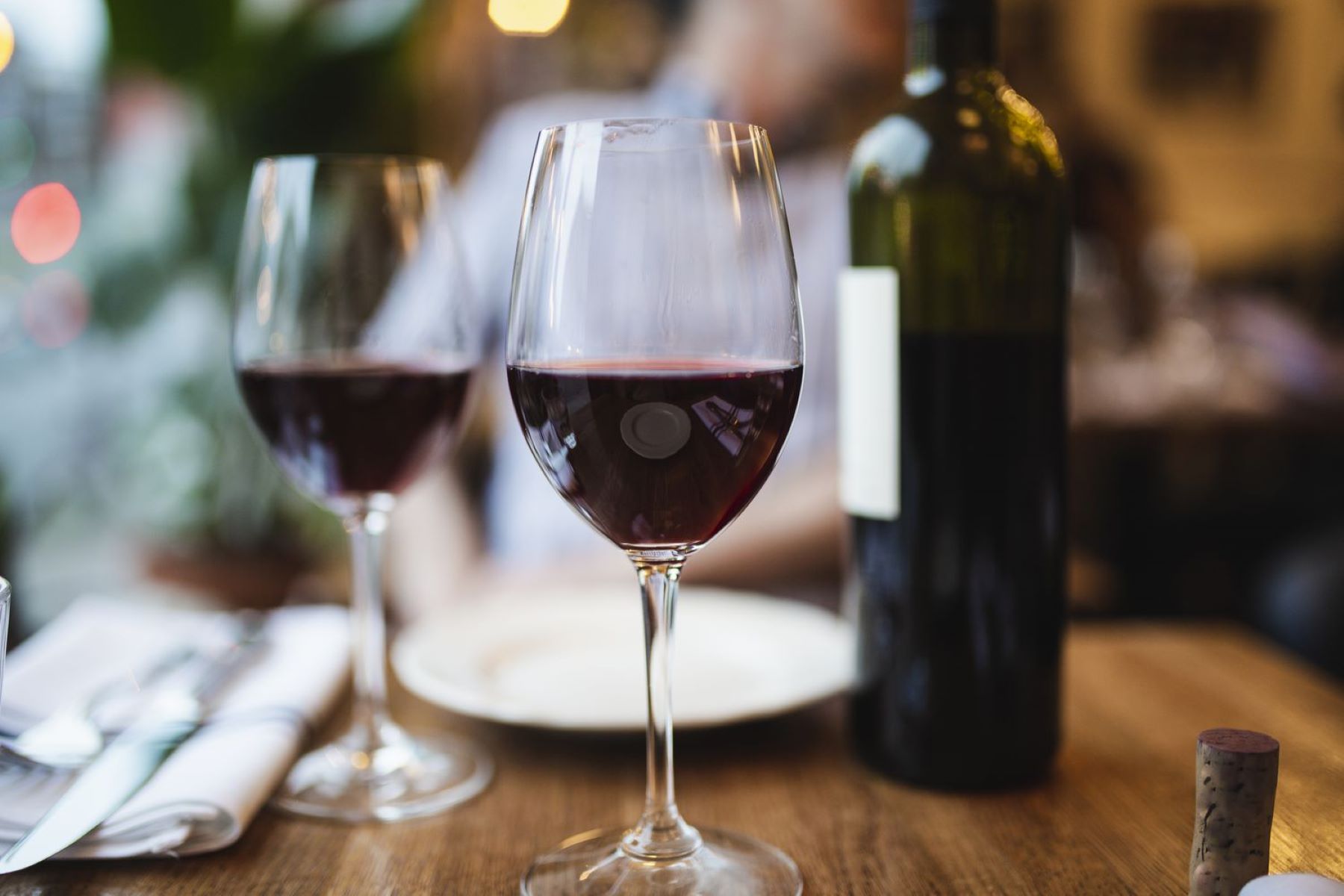
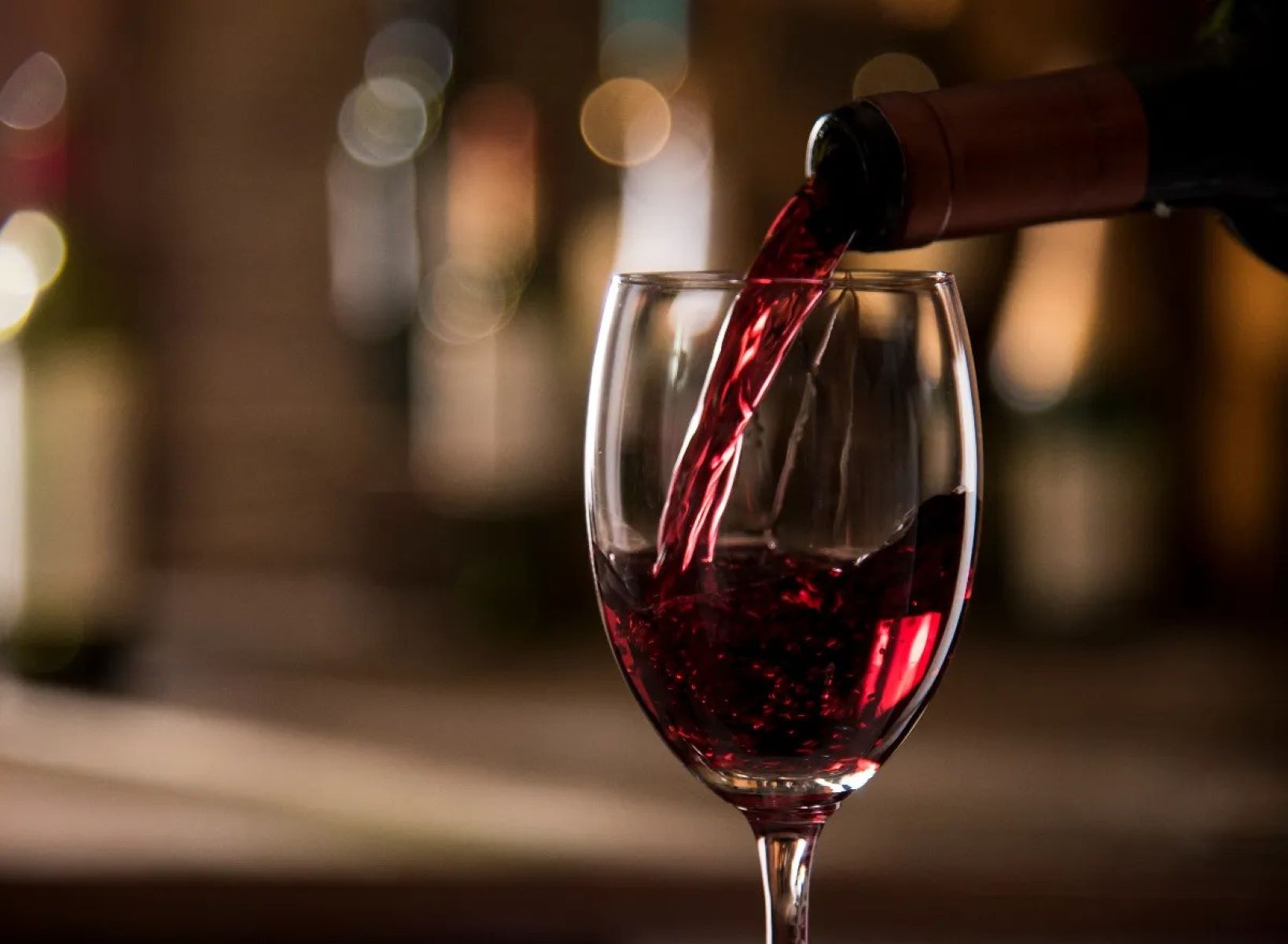
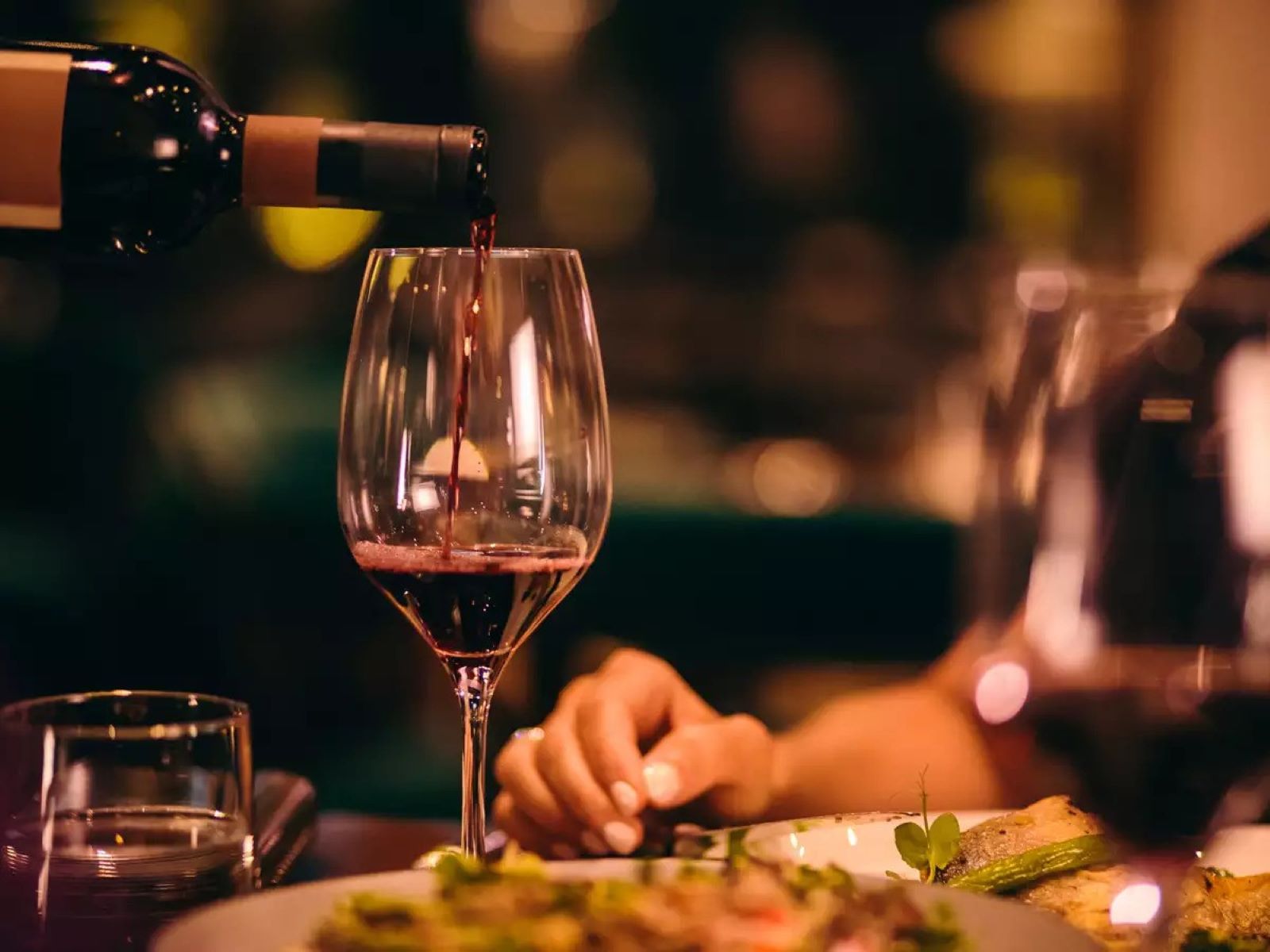
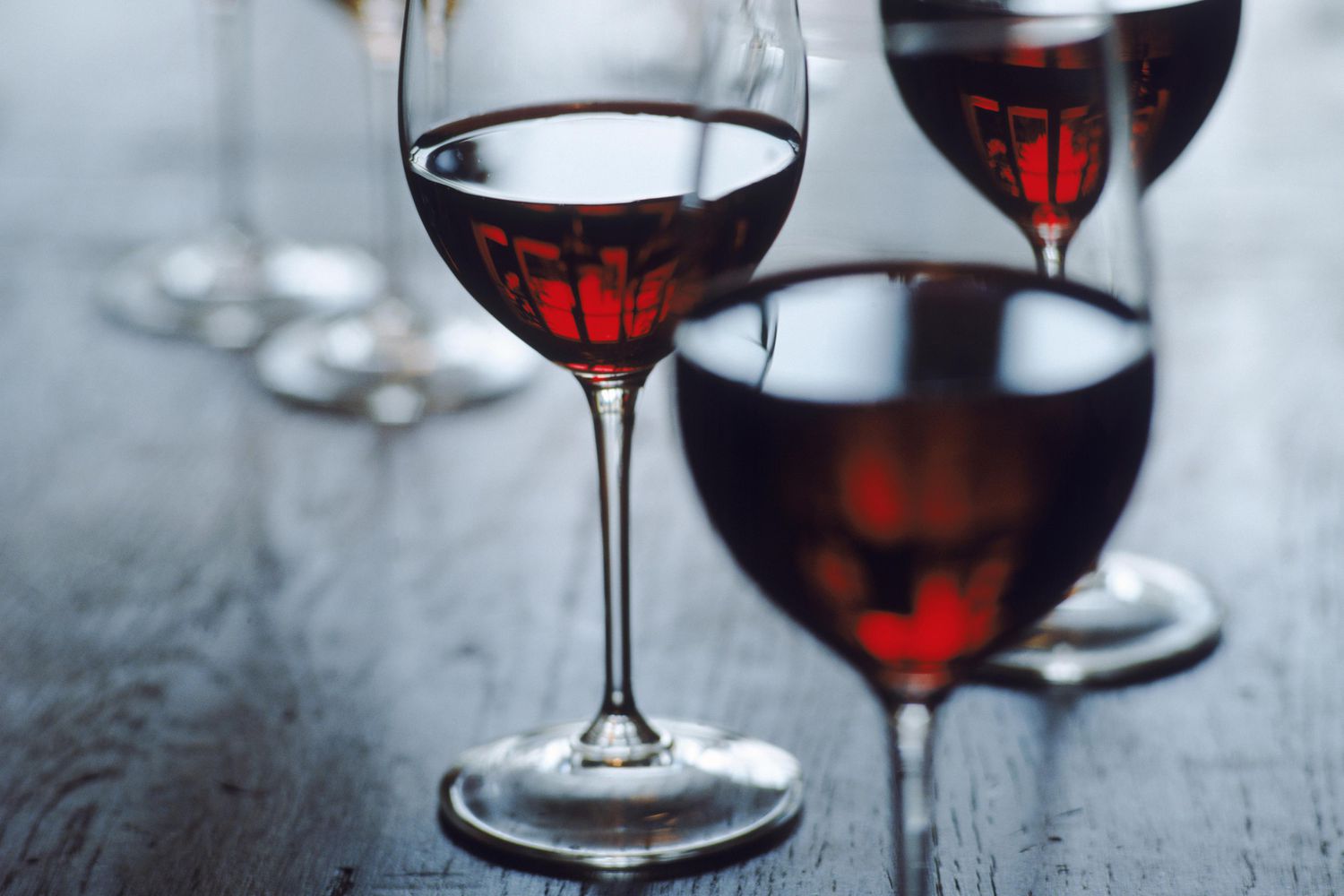

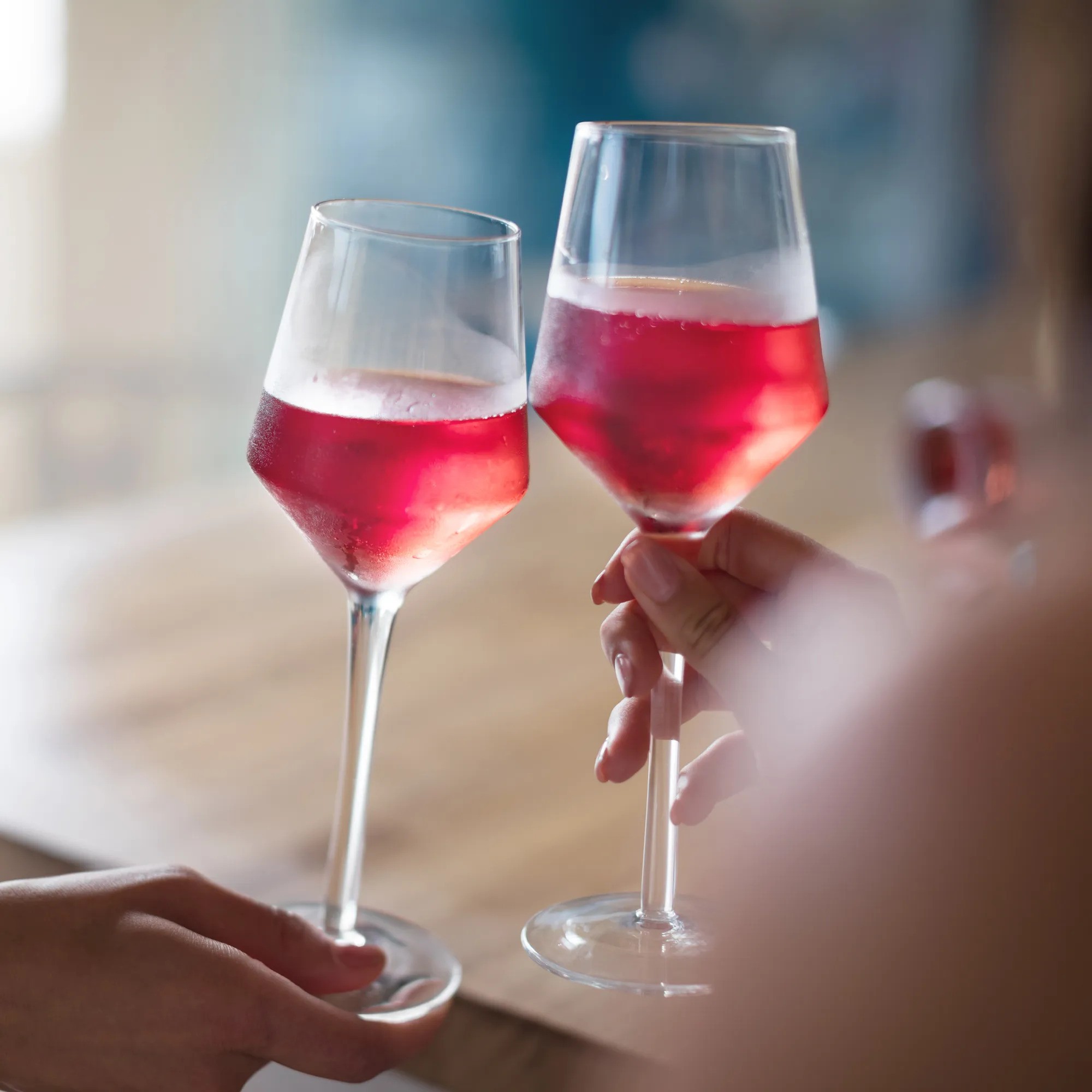

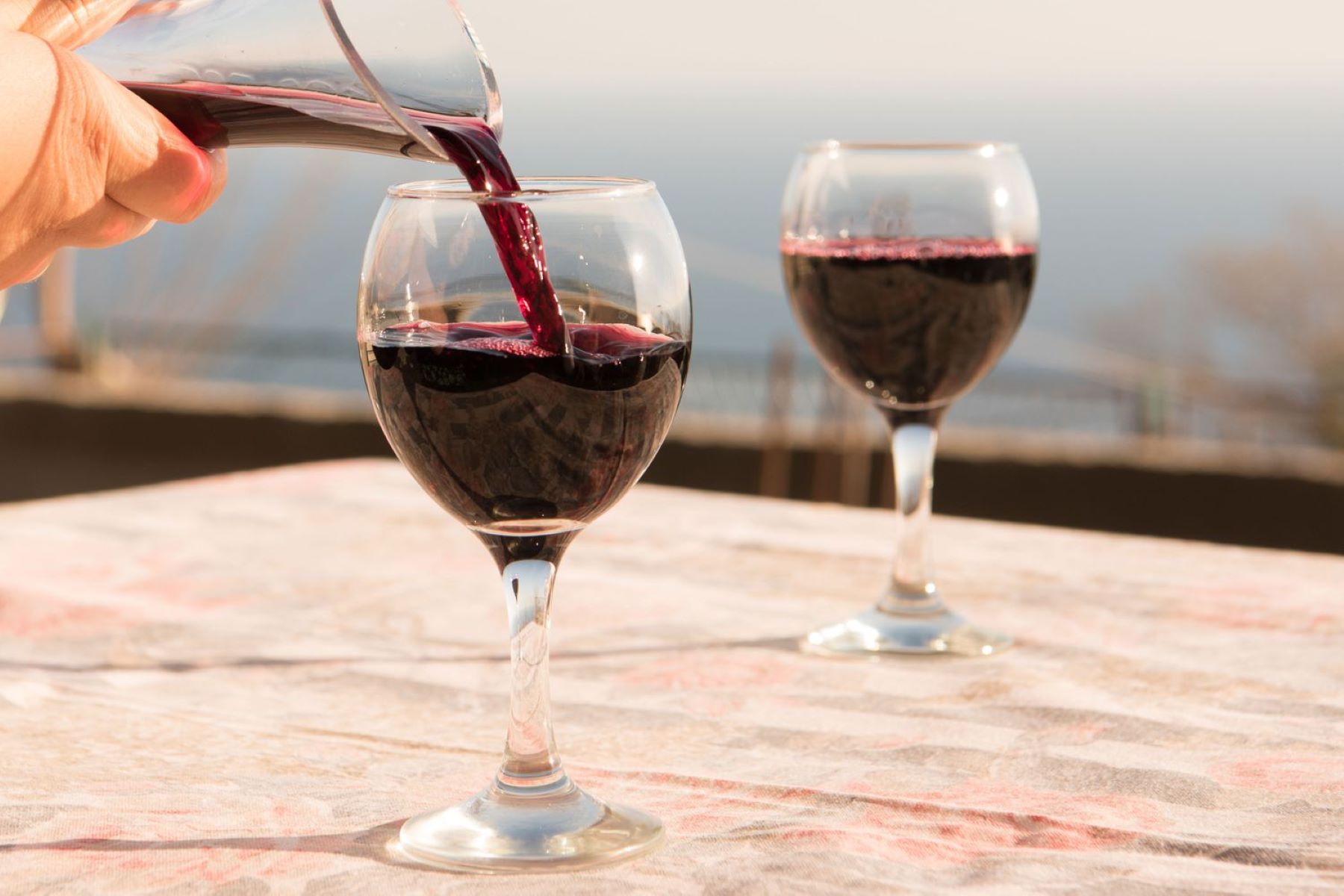
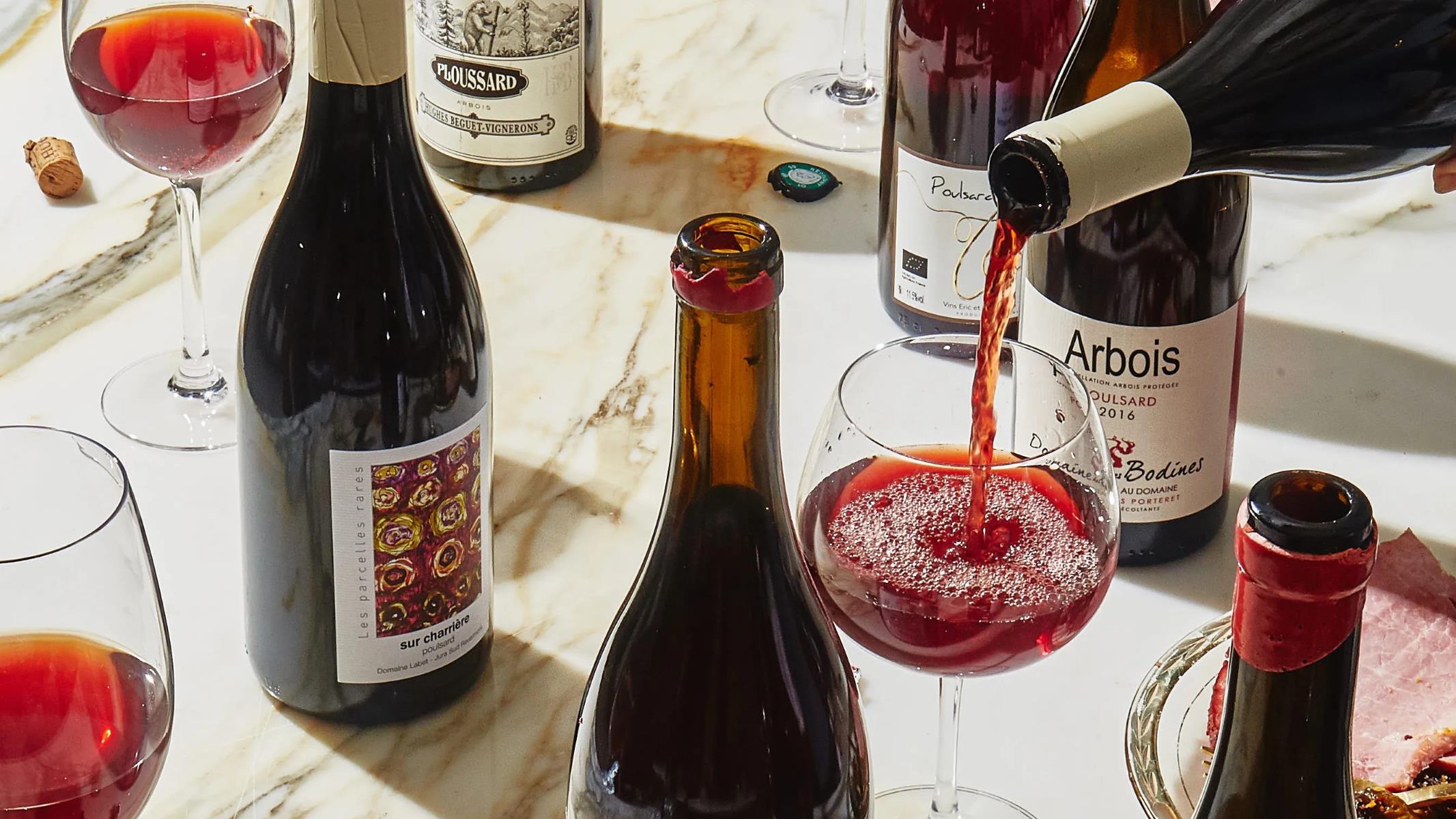
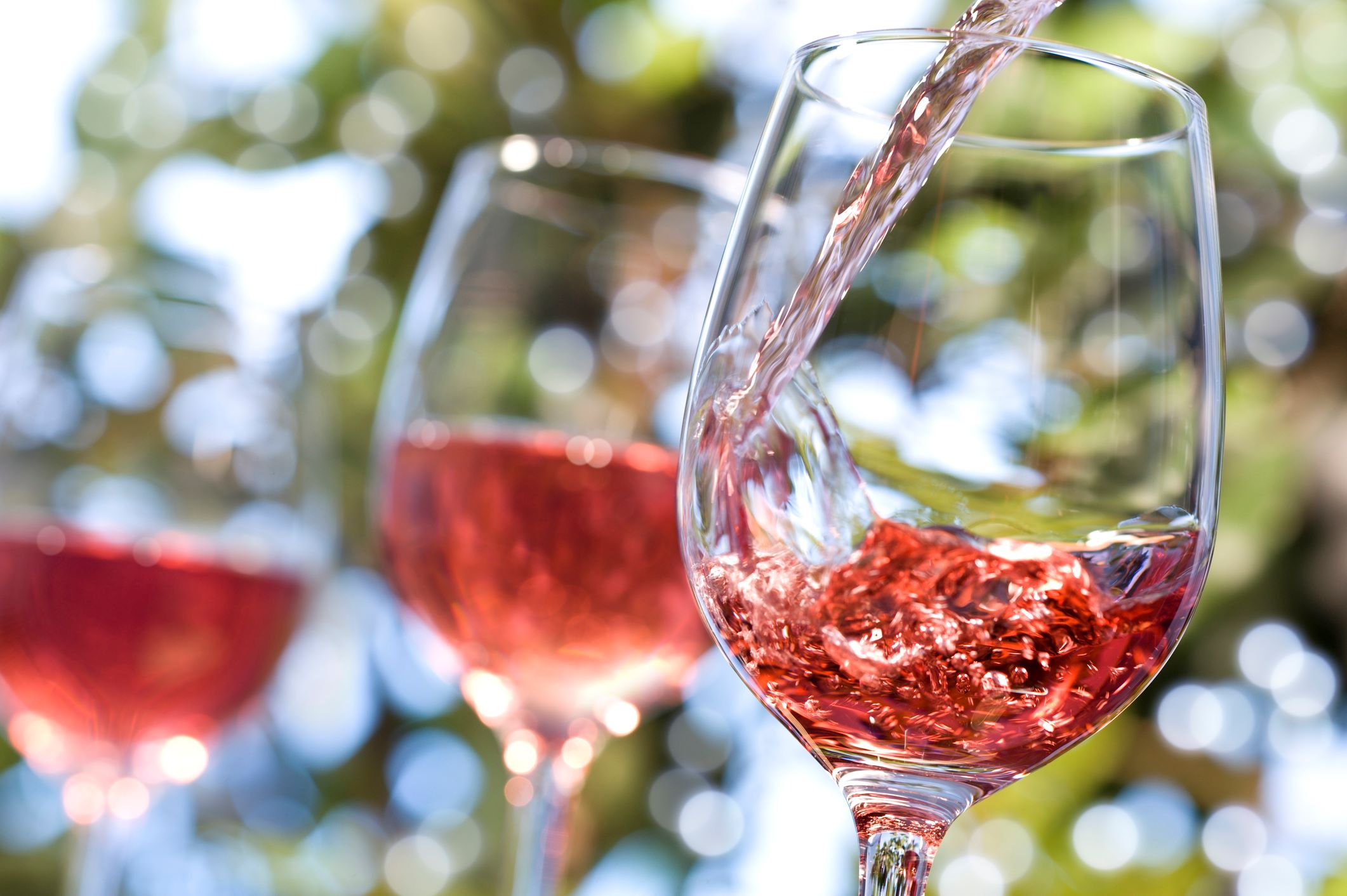
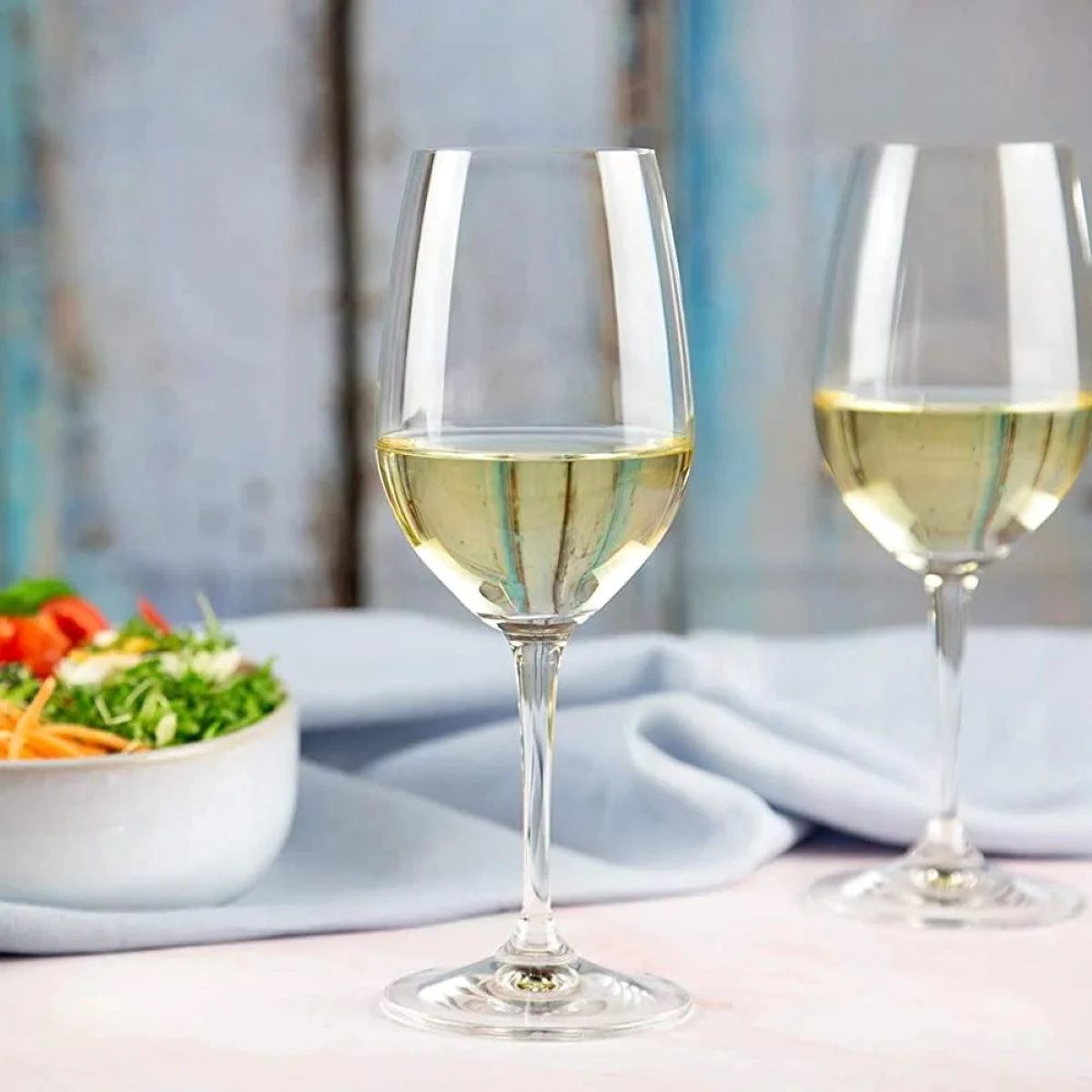
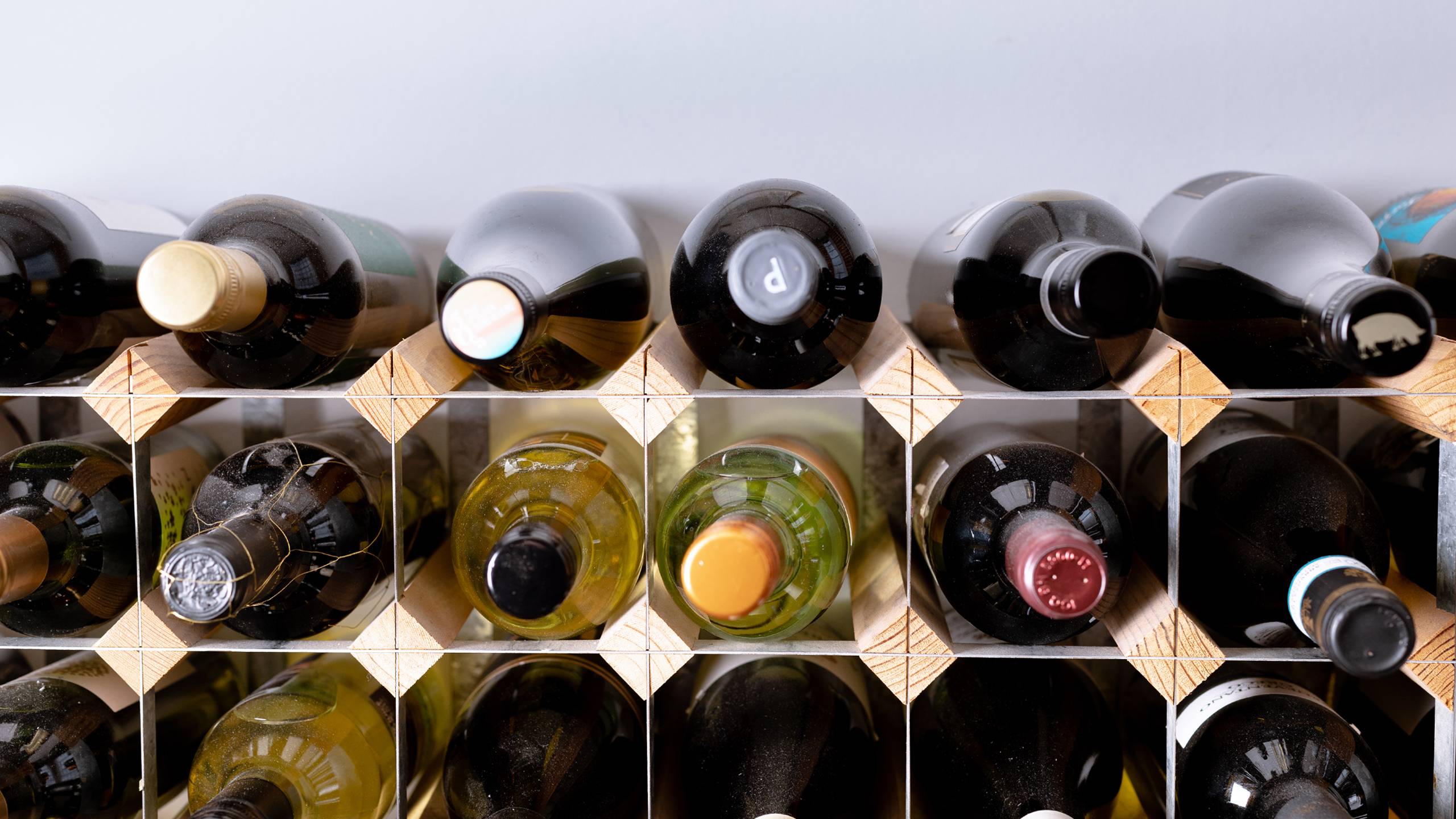
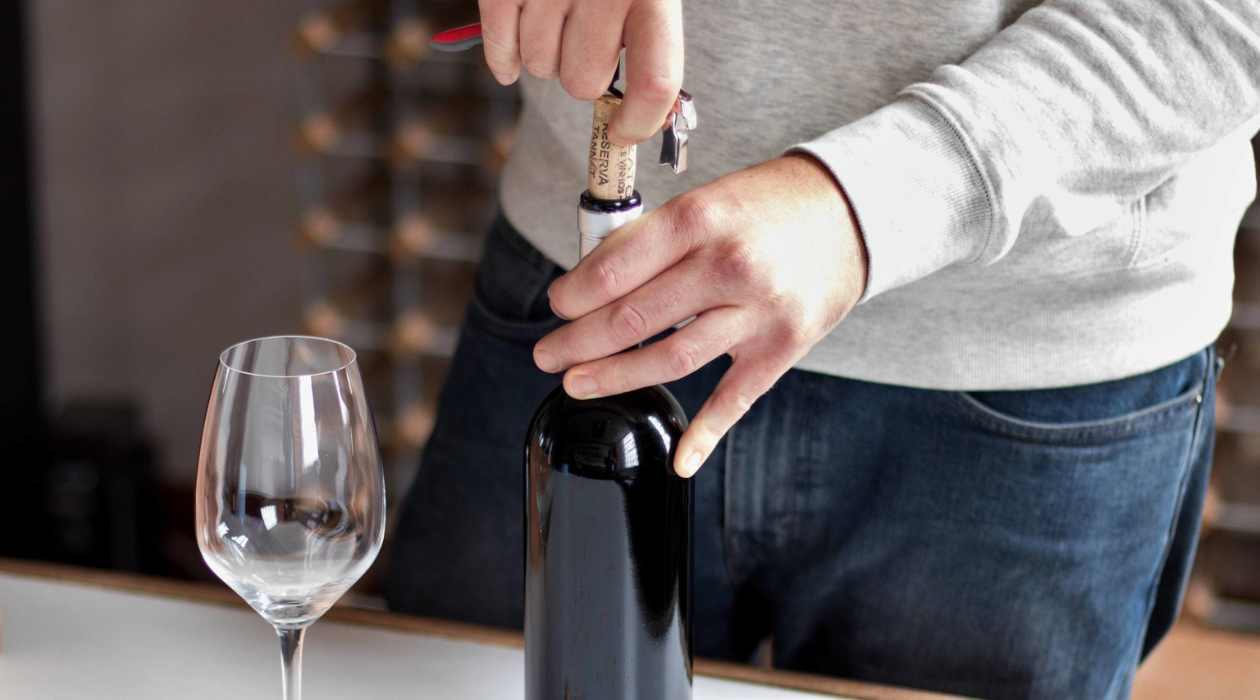

0 thoughts on “How Many Wine Glasses Are In A Bottle?”